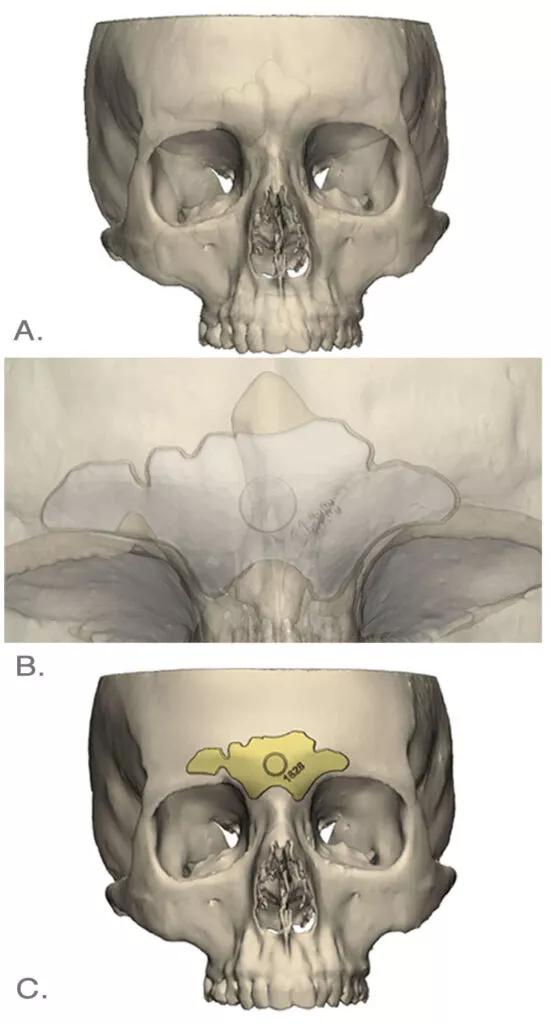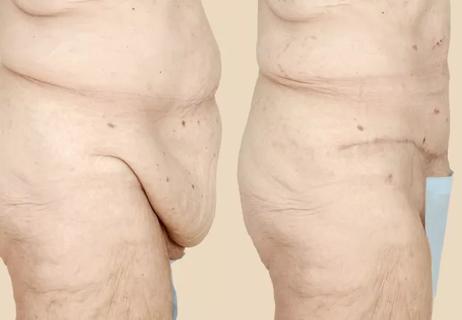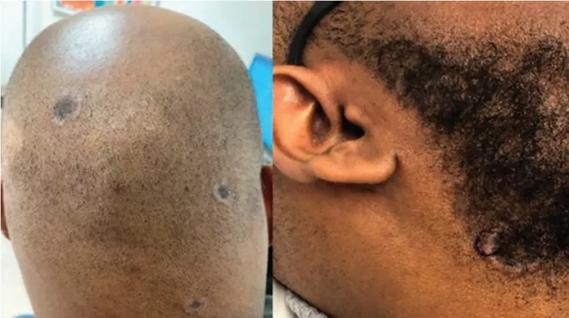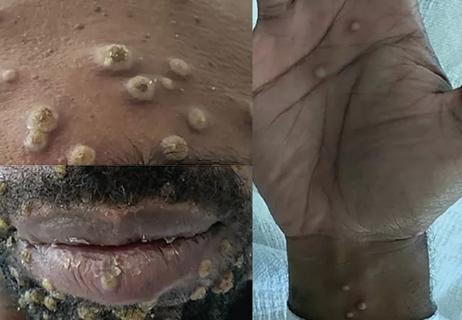Advertisement
Techniques are borrowed from rhinoplasty, malar augmentation and others

Facial feminization surgery (FFS) is one of several procedures performed to treat gender dysphoria in transgender women.
Advertisement
Cleveland Clinic is a non-profit academic medical center. Advertising on our site helps support our mission. We do not endorse non-Cleveland Clinic products or services. Policy
“Facial feminization surgery transforms the facial features typically considered masculine,” says Bahar Bassiri Gharb, MD, PhD, Director of Craniofacial Surgery Fellowship and Head of Research in Cleveland Clinic’s Department of Plastic Surgery. “Patients come to us with anxiety about being targeted as transgender, and we are able to modify facial features so that they present in a more feminine way.”
“Craniofacial gender is both genetic and hormonal,” she adds. “Prenatal and adolescent levels of testosterone and estrogen condition the appearance of facial features related to gender identity”.
Dr. Bassiri Gharb explains that the primary aspects of the face related to gender identity are frontonaso-orbital complex, frontonasal transition, the nose, the malar region and mandible. Secondary aspects include hairline, facial hair, skin texture and the distribution and volume of facial fat.
In the 1980s, Douglas Ousterhout, DDS, MD, defined anatomical differences between male and female skulls at Atkinson Skull Library and described several procedures to alter the forehead and jaws to better approximate the intended gender.
For feminization surgery, craniofacial techniques have been borrowed from cranial vault remodeling, rhinoplasty, malar augmentation and reduction genioplasty, among others, to address the primary facial aspects of gender identity. Face lifts, various grafts and injectables are among procedures available to address secondary gender-related facial features.”
Advertisement

Above: Virtual surgery for the frontal sinus set back. A stencil outlining the prominent parts of the anterior frontal sinus wall is designed to help with the identification of the sinus during the surgery. A.Outline of frontal sinus.B. Design of the anterior frontal sinus guid. C-Frontal sinus anterior wall guide finalized. Not all the anterior wall of the sinus will be set back.
To feminize the forehead, Dr. Bassiri Gharb notes, the most common procedure is a push back of the frontal sinus combined with hairline advancement and brow lift. These two procedures are very powerful in creating a feminine brow arch and a softer transition between forehead and nose while reducing the prominence of the brow line.
In the middle third of the face, surgeons can feminize the nose through rhinoplasty and reduce the lip length and increase vermilion show through a lip lift procedure. In the lower third of the face, reducing mandibular angles can give a more oval profile to the face.
“We recently completed a study using skulls from the Hamann-Todd Collection at the Cleveland Museum of Natural History that showed male and female chins differ mainly in shape and not in relative size, so we are mainly performing chin contouring surgery now rather than the commonly advocated reduction genioplasty,” says Dr. Bassiri Gharb. “This reduces morbidity for patients.”
The understanding of FFS and techniques has been refined over time. At Cleveland Clinic, teams from the Biomedical Engineering and Radiology Institute create 3D-printed models of the patient’s skull to allow for surgical planning and precision. Trauma to the tissues is decreased by using piezosurgery ultrasonic bone scalpels rather than tradition osteotomes.
Procedures also can be designed and personalized to selectively target specific facial features that are responsible for dysphoria in each patient, which achieves the best outcomes with the least amount of surgery. The same set of procedures need not be performed for every patient.
“Facial feminization is about improving mental health and quality of life and allowing the individual to feel more integrated in their gender,” says Dr. Bassiri Gharb.
Patient-reported outcome measures are being collected to better understand the impact of facial feminization surgery.
Over the last several years, Cleveland Clinic has expanded the services it offers transgender patients to include a full range of male and female gender-affirming surgeries. Led by Cecile Ferrando, MD, MPH, the team includes gynecologists, urologists, plastic and reconstructive surgeons, otorhinolaryngologists and a clinical speech language pathologist.
“We have a longstanding expertise in craniofacial surgery and cosmetic facial surgery,” says Dr. Bassiri Gharb. “Coupled with our expertise in other gender-affirming surgeries and transgender behavioral health, we are able to provide a truly comprehensive approach to patient care.”
Advertisement

The patient underwent frontal sinus setback, lateral orbital contouring, brow lift and septorhinoplasty.
Advertisement
Advertisement

Individually tailored procedures increase patient satisfaction

Patient selection and education are critical to success

Long-term weight redistribution, low surgical risk and short operation time

A brief history

Family history may eclipse sun exposure in some cases

Consider secondary syphilis in the differential of annular lesions

Persistent rectal pain leads to diffuse pustules

Two cases — both tremendously different in their level of complexity — illustrate the core principles of nasal reconstruction